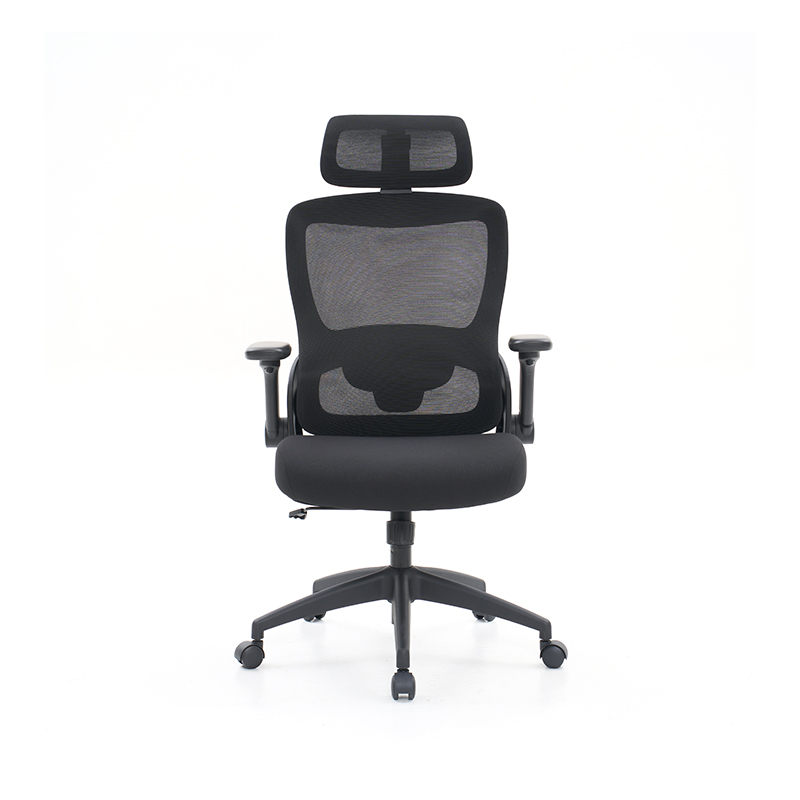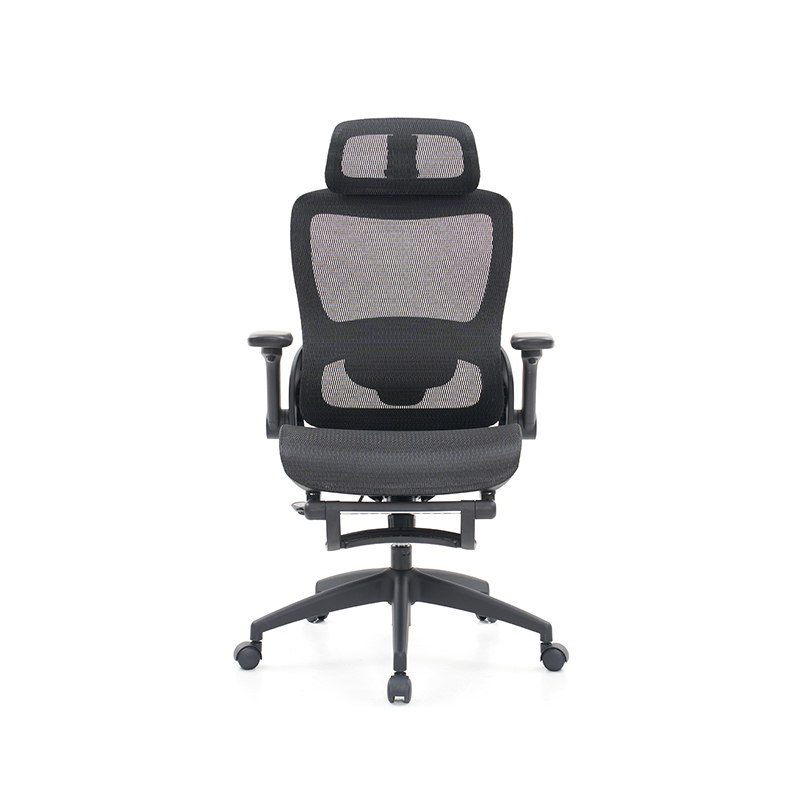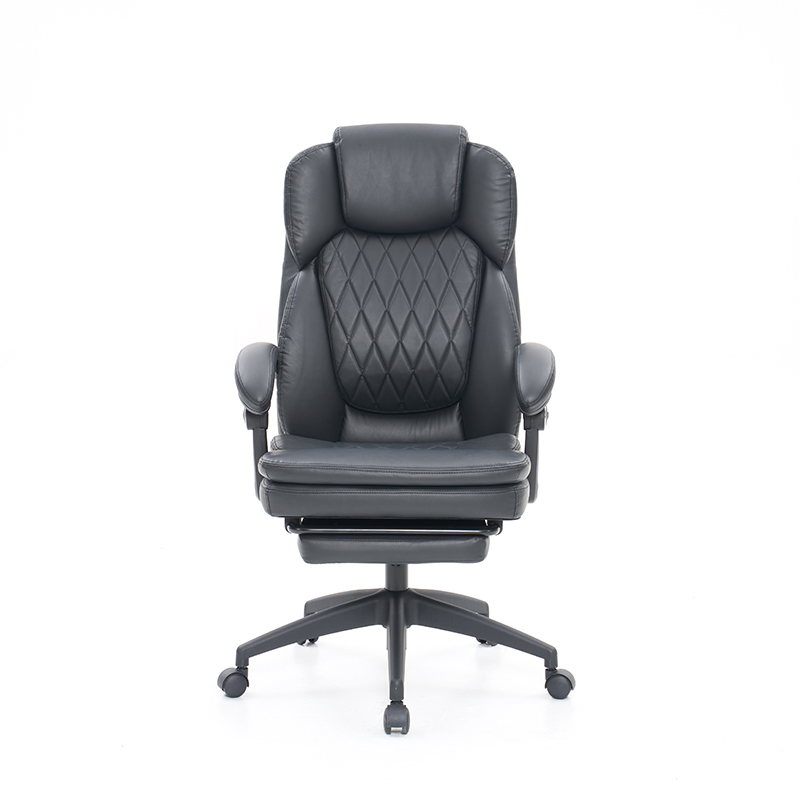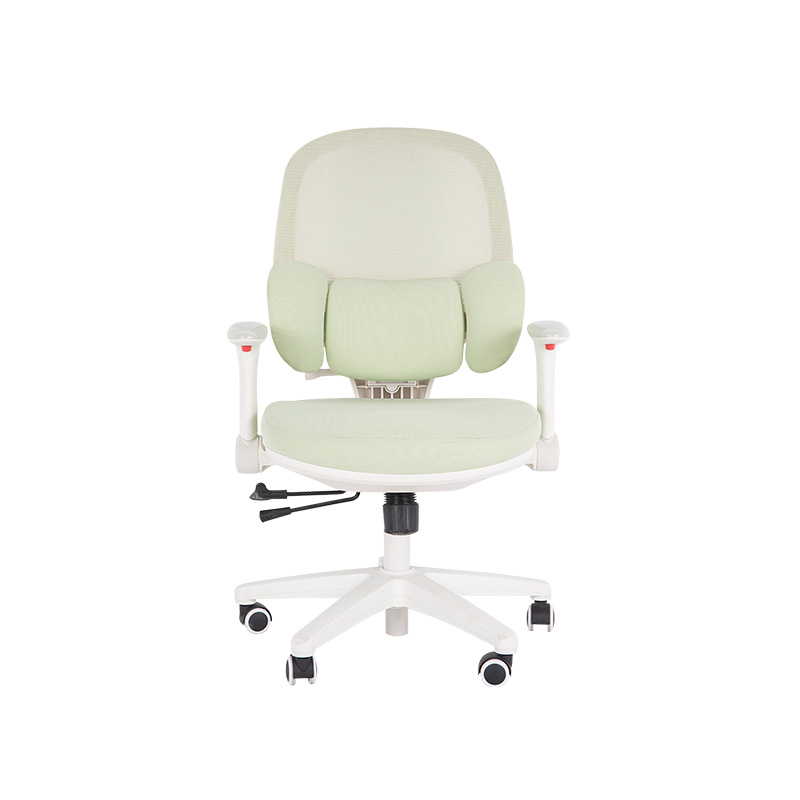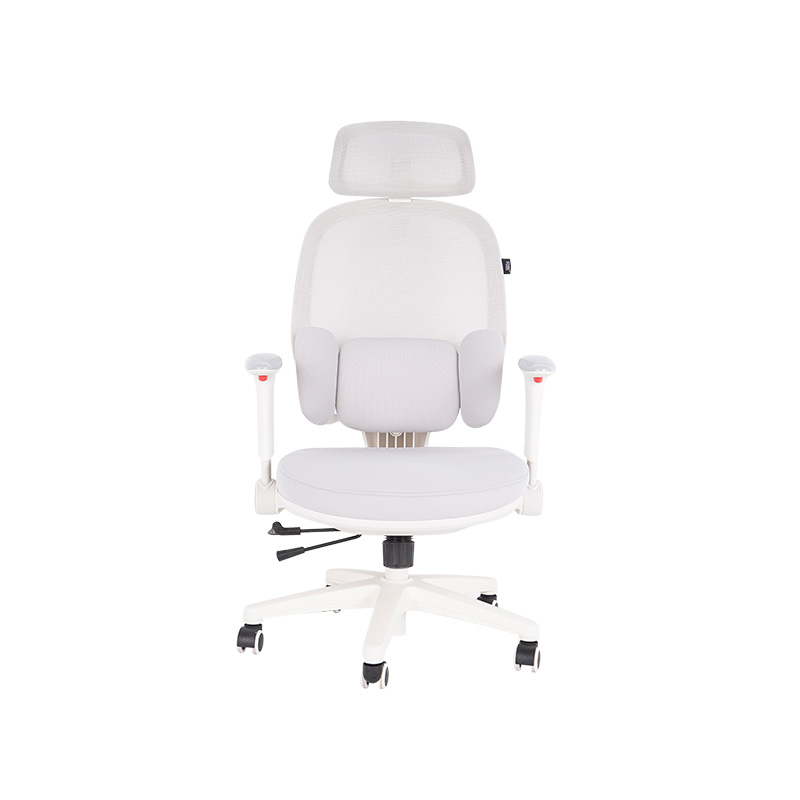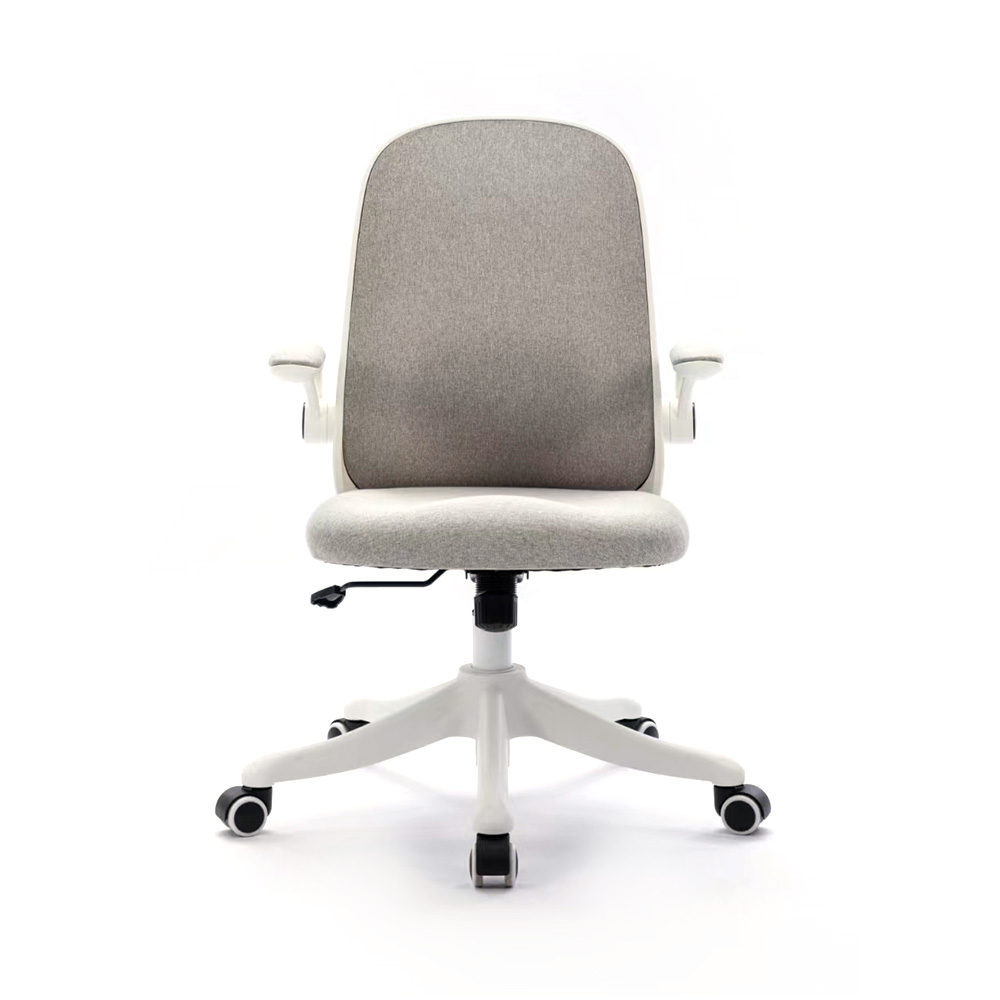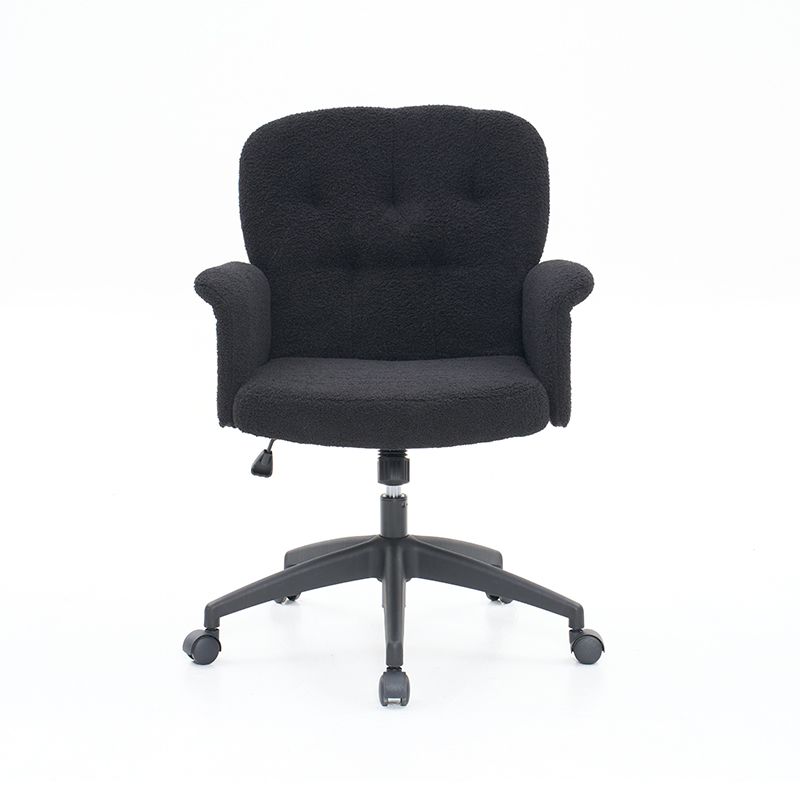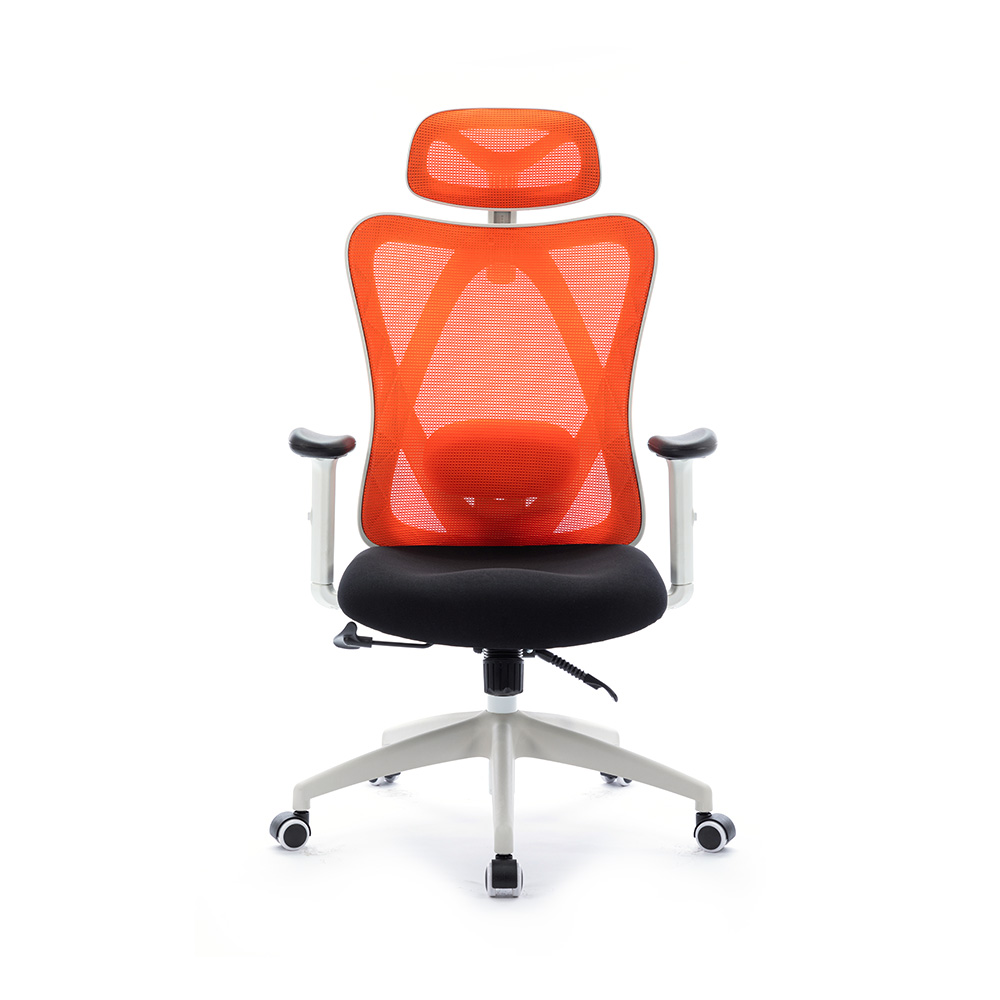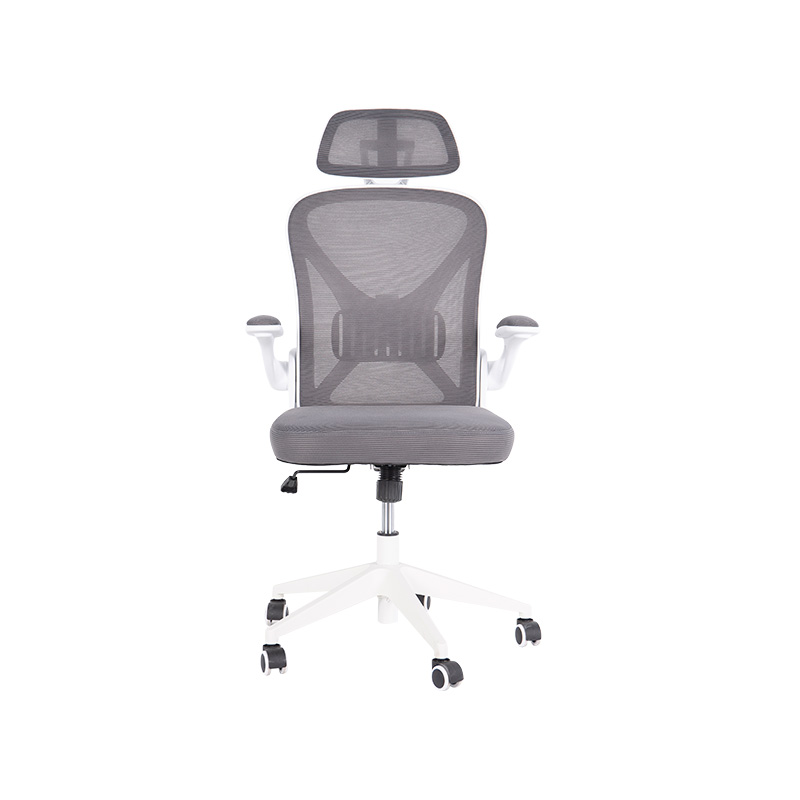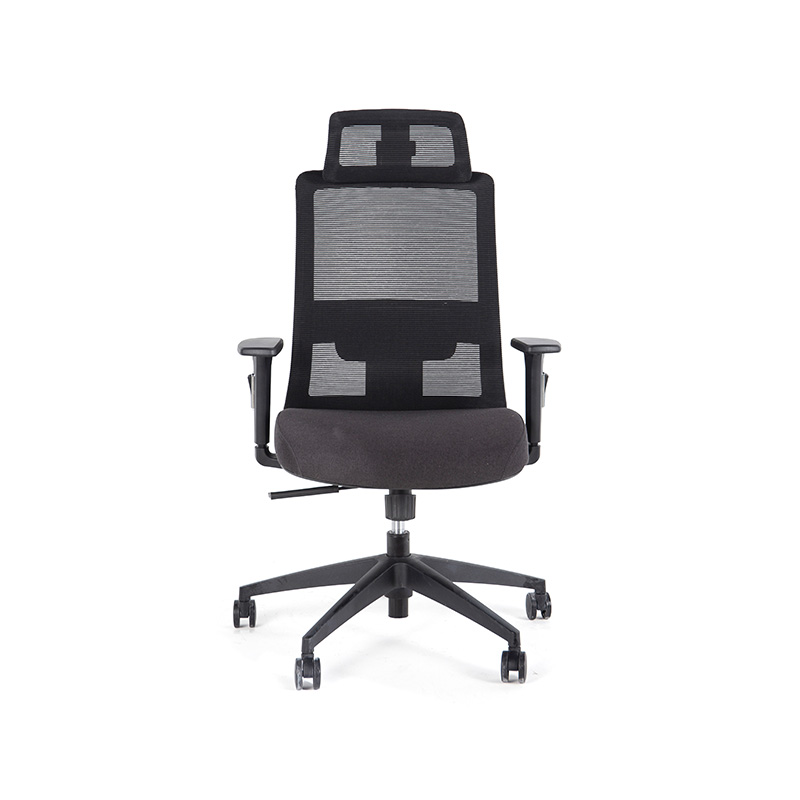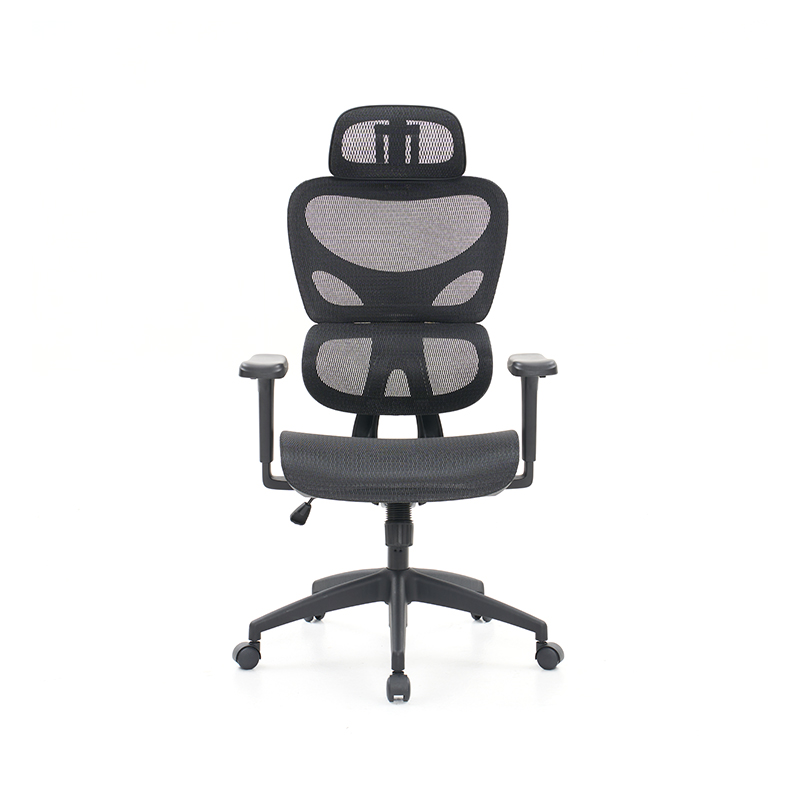The Ultimate Guide to Choosing the Best Ergonomic Chair for Your Needs
1. The Best Ergonomic Chair for Lower Back Pain Relief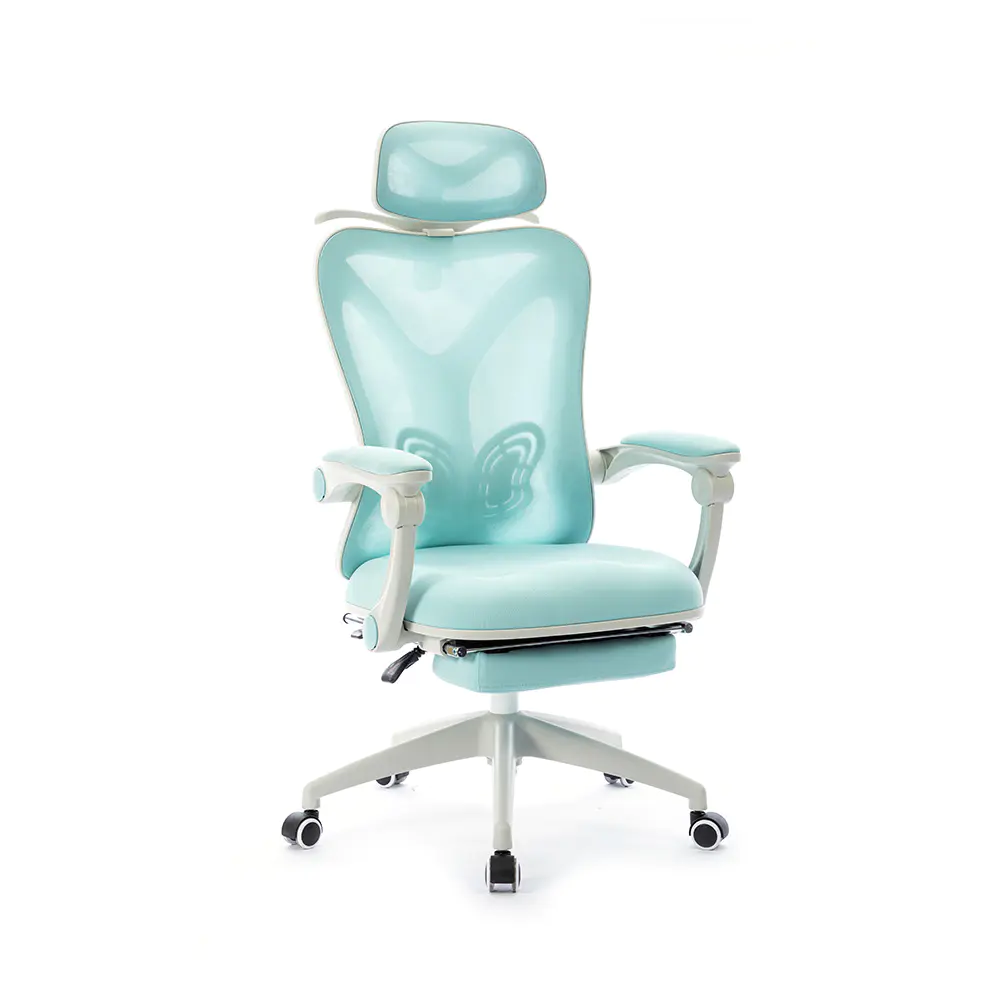
Chronic back pain is a common issue for many office workers, gamers, and remote employees who spend long hours sitting. The right best ergonomic chair for lower back pain can make a significant difference in posture, comfort, and overall spinal health. When searching for a chair that alleviates discomfort, several key features should be prioritized.
Essential Features for Back Pain Support
A high-quality ergonomic chair designed to reduce back pain must offer adjustable lumbar support. Unlike traditional chairs that provide minimal lower back assistance, ergonomic models allow users to modify the curvature and firmness of the lumbar region. This adjustability ensures that the spine maintains its natural "S" shape, preventing slouching and reducing pressure on intervertebral discs.
2. High-Quality Ergonomic Office Chairs Under $200
Finding a well-designed ergonomic office chair under $200 can be challenging, but it is not impossible. While premium ergonomic chairs often cost several hundred dollars, there are budget-friendly options that still provide essential support for posture and comfort.
Key Features to Expect in This Price Range
At this budget, the chair should at least include adjustable seat height, lumbar support, and a reclining function. Some models may also offer adjustable armrests, though this feature is less common in lower-priced chairs. The materials used may not be as durable as those in high-end models, but they should still provide adequate comfort for daily use.
3. The Most Comfortable Ergonomic Chair for Long Hours of Sitting
For professionals who spend 8+ hours daily at their desks, selecting the most comfortable ergonomic chair for long hours is crucial to prevent fatigue, poor circulation, and musculoskeletal strain. Standard office chairs often fail to provide adequate support for extended sitting, leading to discomfort over time. A truly ergonomic solution must prioritize adjustability, pressure distribution, and dynamic movement.
Why Standard Chairs Fail for Prolonged Use
Most conventional chairs feature flat, rigid seats that create pressure points under the thighs and tailbone. Over hours, this restricts blood flow and can cause numbness or stiffness. Similarly, static backrests force the spine into one position, increasing disc compression. A proper ergonomic design combats these issues through:
4. Adjustable Ergonomic Chairs Designed Specifically for Short People
Individuals under 5'4" often struggle to find chairs that fit their proportions, as most ergonomic models cater to average heights. An adjustable ergonomic chair for short people must address three key challenges: seat depth, lumbar alignment, and reachability.
Why Standard Chairs Don't Fit Petite Frames
When sitting all the way back, shorter users may find the seat edge presses into their popliteal (behind the knees), cutting off circulation. Ideal depth ranges: 15-17 inches for users under 5'4" (vs. 19"+ for taller people). Sliding seat pans allow fine-tuning to leave a 2-finger gap behind the knees.
5. Ergonomic Gaming Chairs with Advanced Lumbar Support
The rise of marathon gaming sessions has exposed a flaw in traditional "racing-style" gaming chairs: most prioritize aesthetics over spine health. A proper ergonomic gaming chair with lumbar support merges the adjustability of office ergonomics with the immersive needs of gamers.
Where Standard Gaming Chairs Fall Short
Many gaming chairs ship with attachable pillows that slide out of position during movement and lack depth adjustment, failing to fill the lumbar curve. High, rigid side bolsters designed for racing cars can dig into thighs of wider users and restrict posture shifts during long sessions.
Contact Us

 English
English 中文简体
中文简体 عربى
عربى




